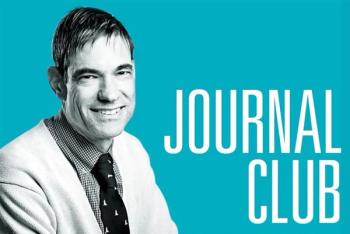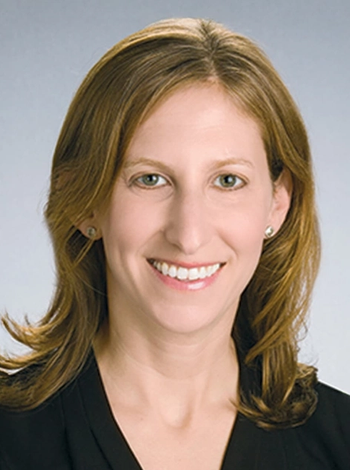
Across globe, 6.4 million physicians needed in 132 countries facing shortages
Study estimates 12.8 million doctors worldwide, and more are needed.
An estimated 6.4 million physicians are needed to meet goals for universal health coverage (UHC) across the globe, according to a
Researchers examined numbers of doctors, nurses and midwives, dental personnel, and pharmaceutical personnel, and found 132 countries had physician shortages as of 2019. For all four groups, there was a global shortage of more than 43 million health care workers, based on current levels compared to targets needed to achieve UHC.
“These are the most comprehensive estimates to date of the global health care workforce,” senior author Rafael Lozano, MD, MSM, said in a
“Health care workers are essential to the functioning of health systems, and it’s very important to have these data available so that countries can make informed decisions and plan for the future,” Lozano said.
Doctor density
Globally, as of 2019, the world had 104 million
The study revealed more than a 10-fold difference in the density of health care workers across and within regions in 2019. For physicians, the largest gaps were in South Asia, short by 2.57 million physicians; sub-Saharan Africa, which was short an estimated 1.92 million physicians; Southeast Asia, east Asia and Oceania, short by 995,000 physicians; and North Africa and the Middle East, short by 636,000 physicians, according to the study.
For physicians, the global density was estimated to 16.7 per 10,000 population. Densities ranged from 2.9 physicians for every 10,000 people in sub-Saharan Africa to 38.3 per 10,000 in Central Europe, Eastern Europe, and Central Asia. Cuba also stood out, with a density of 84.4 per 10,000 compared to 2.1 in Haiti.
“We found that the density of health care workers is strongly related to a nation’s level of social and economic development,” lead author Annie Haakenstad, ScD, assistant professor of health metrics sciences at IHME, said in the press release. “There are different strategies and policy approaches that may help with addressing worker shortages, and these should be tailored to the individual situation in each country. We hope that these estimates can be used to help prioritize policy interventions and inform future planning.”
Health standards
The researchers based the shortage estimates on the United Nations Sustainable Development Goals and World Health Organization Health Workforce 2030 strategy. Those “have drawn attention to the importance of HRH for achieving policy priorities such as universal health coverage.”
“Considerable expansion of the world’s health workforce is needed to achieve high levels of UHC effective coverage,” the study said.
In total, the researchers estimated the minimum thresholds were short by 30.6 million nurses, 3.3 million dentistry personnel and 2.9 million pharmaceutical personnel.
“We are not suggesting these minimum thresholds are compulsory, but rather aspirational,” the study said.
“The threshold is a convenient and innovative new metric for trying to determine the gaps,” the study said. “It is … not just a matter of quantity, but also quality.
The study, titled “Measuring the availability of human resources for health and its relationship to universal health coverage for 204 countries and territories from 1990 to 2019: a systematic analysis for the Global Burden of Disease Study 2019,” was published May 23 by The Lancet.
Originally published in our sister brand,
Newsletter
Access practical, evidence-based guidance to support better care for our youngest patients. Join our email list for the latest clinical updates.








